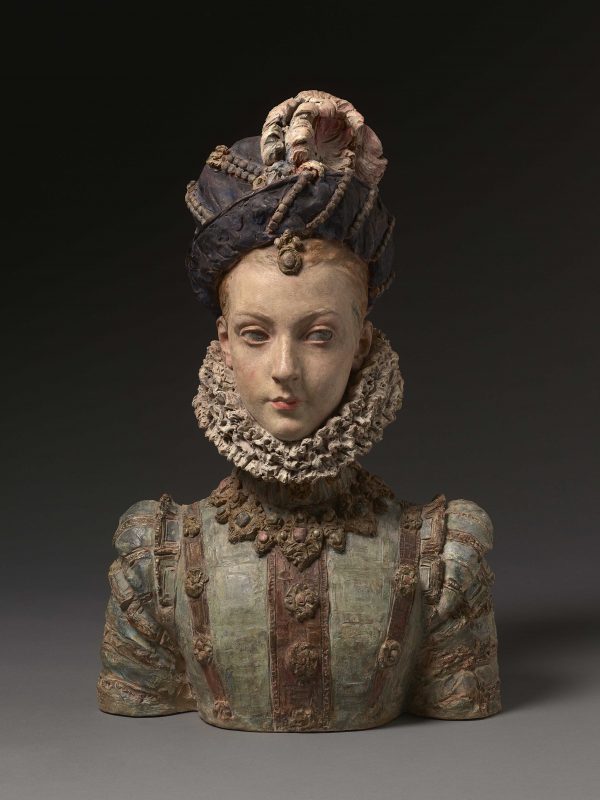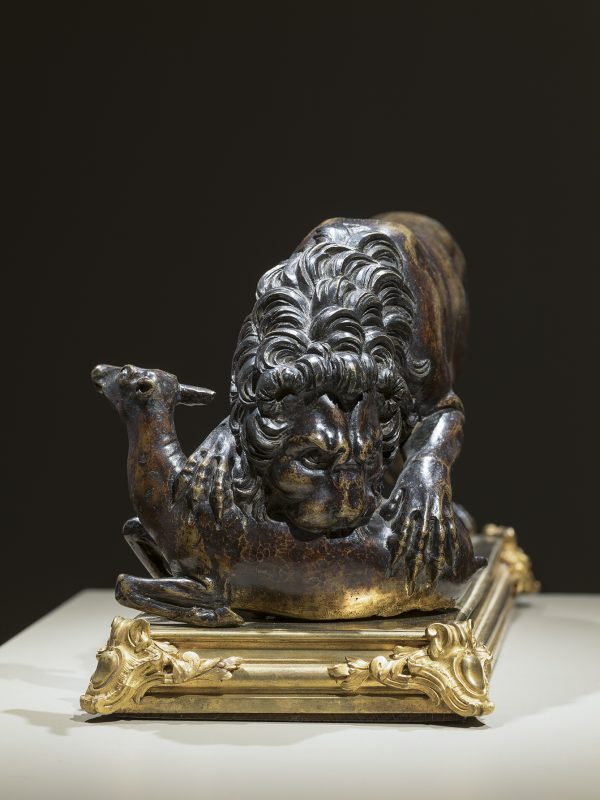
Sculpted likenesses create a unique sense of presence, casting the subject into the space of the viewer. Yet, such representations do not always relate to the depiction of an actual person. Artists have often conveyed philosophical concepts, personal qualities, and the core values of a political movement through the depiction of facial features. This Summer exhibition is dedicated to such works: from idealised representations of womanhood to personifications of a city or nation, and symbolist and allegorical portraits that bring forward important themes of freedom and racial and sexual identity.
A highlight of the display will be a monumental marble bust of the Hope Roma by the Neoclassical sculptor Vincenzo Pacetti (1746-1820). The bust represents the personification of the city of Rome. It was created after an antique original in the Borghese collection (now at the Louvre) and acquired in Rome by the celebrated collector and connoisseur Thomas Hope (1769- 1831). Hope brought the monumental sculpture to London, where he exhibited in his Sculpture Gallery at 10 Duchess Street—one of the first ever art galleries open to the public in Europe. Long considered lost, it was rediscovered only in 2016.
The gallery will also present a rediscovered masterpiece by Jean-Baptiste Carpeaux (1827- 1875): an original plaster petit modéle of the famed composition Why Born Enslaved—one of only two casts produced during the artist’s lifetime. The sculpture was conceived as part of the Fountain of the Four Continents in the Luxembourg Gardens in Paris and was exhibited as a free-standing work of art at the Paris Salon of 1869. The model has often been described as an abolitionist manifesto.
Pacetti’s and Carpeaux’s works will be displayed together with works by other European masters, such as Jean-Baptiste Lemoyne (1704-1778), Auguste Rodin (1840-1917) and Albert Marque (1872-1947).





